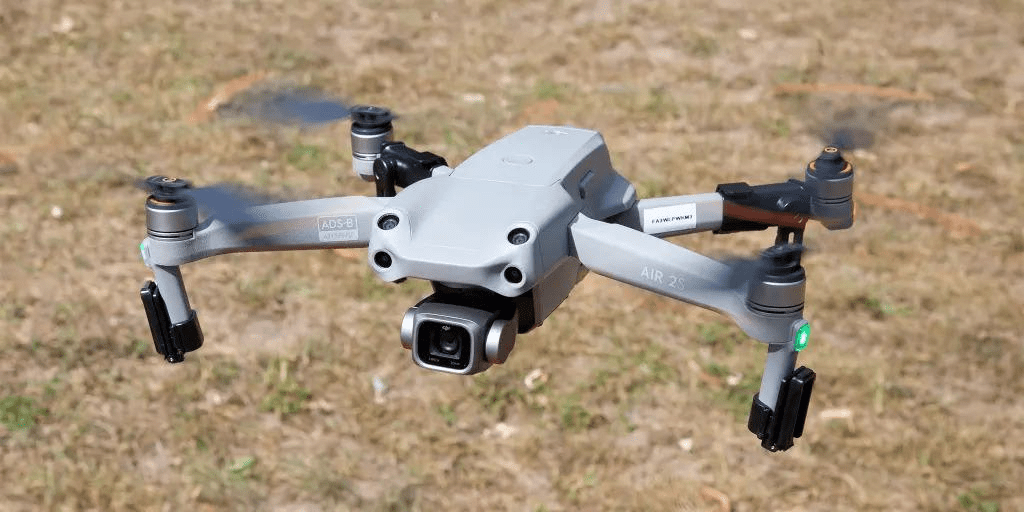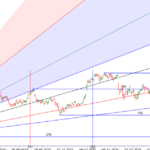The world of photography has undergone much change through the years, one of which could be said to be most definitely innovative made through the emergence of the drone camera. Just imagine, from far-reaching breathtaking landscape shots to changing industries through real estate, weddings, and filmmaking.
It opens the new creative avenues photographers and videographers can start to explore. Let’s see how drone cameras are changing the landscape of photography and why they have to be a must-have both for professionals and amateur photographers.
1. Fresh Angle: Obtain Those Unique Aerial Shots
Photography via aerial photography costs in hiring or renting helicopters and sometimes aeroplanes, making it a rather expensive and limited means of photography. Drone cameras democratised the angle that was heretofore exclusive; any individual can now easily grab some spectacular aerial shots.
These gadgets permit photographers to make shots from unachievable heights and angles, therefore opening new layers within the art of photography.
Whether it is a panoramic landscape, an architectural wonder, or an event with a group of people, it is going to capture your audience when you deliver shots from a bird’s eye. Unlike ordinary photography and videography, the views of drones create a depth and grandeur on images, hence turning usual shots into something spectacular.
2. Photography and Videography Flexibility
The major advantage drone cameras bring is, of course, their versatility: they can capture still images and record high-definition-even 4K-video footage. This means users can easily change between photos and videos without a change in equipment, which explains why these become inevitable tools for content creators.
Drones are widely used in various fields, including:
Travel and Landscape Photography: You can now access parts of the world that would otherwise be unreachable and record breathtaking panoramas from above.
Real Estate: Real estate agents now use drone cameras to make listing property, homes, and commercial spaces look good for showcasing purposes that ground photography can’t.
Weddings: Drones are now a part of wedding photography, with sweeping across the venue with the event at angles that create cinematic memories.
Filmmaking: Drones are here to stay and can shoot Hollywood-quality aerial footage without requiring some pricey equipment.
3. Creativity and dynamism through movements
Drone cameras allow for unimaginable creativity: the cameras can move in all directions; it can be backward and forward or left to right even when shooting images or videos. Fluid motion always breathes life into videos, turning a simple shoot into a high-quality production. One can give his audience a very immersive experience in fly-through shots, orbiting around objects, or even dramatic sweeps over landscapes.
Wide-angle shooting capability pushes photographers to be creative in experimenting with ideas that were simply not possible under traditional equipment.
4. High-quality Imaging and Stabilization
Modern drones essentially feature better cameras, capturing high-resolution images and videos. In most cases, the latest models of drones have 12MP to 48MP cameras and offer 4K and 5.4K video recording, and some even reach up to 8K video recording. Add to this some form of gimbal stabilisation, and photos and videos don’t blur even when a drone is moving or experiencing strong winds.
In addition, features like HDR (High Dynamic Range), hyper-lapse photography, and slow-motion also ensure that pictures from drones are equal to or even superior to those from traditional ground-based cameras.
5. Reach of the Professional and the Amateur Ends
Drone cameras were originally more for the pros with deep pockets. New technology has made this particular gadget easier to afford and reach the general public. High-end models with high-end features meant for professional needs all the way to budget-friendly ones for hobbyists, there is a drone camera to suit every level and price bracket.
Many drones are now manufactured with intuitive controls, GPS tracking, and automatically flown modes, which makes them very intuitive even for the most novice operators.
What’s more, modern amenities, such as the “Follow Me” mode and collision avoidance systems, have also made aerial photography by drones less “hands on” and purely for that perfect shot rather than possibly piloting the drone manually.
6. Drones in Commercial and Industrial Applications
Another thing, apart from personal and creative usages, drone cameras are changing aspects in almost all fields. Some of them include:
Agriculture: Drones provide farmers with aerial data on the health of crops, their water irrigation, and other land conditions.
Construction and Infrastructure: With large construction areas, drones make it easy to capture real-time updates, safety inspection, and details about the progress on site.
Environmental Monitoring: Drones follow various animals, record images of deforestation, and can also map disaster zones for researchers and environmentalists.
Law Enforcement: Police and emergency services use drones for surveillance, search-and-rescue, and traffic management.
The capability and multi-purposive application of the drone camera make it highly versatile beyond the application of simple photography.
7. Overcoming Challenges with Drone Photography
Drones are very versatile, though photographers are always faced with several challenges when using them, such as varying regulations about the use of drones from place to place, one needs to be aware of the prohibited areas and hours to fly in his area; the weather requirements that can affect drone performance and image quality, for example, strong winds or rain.
The other consideration would be the battery life since most drones can only hover for between 20 to 30 minutes on a single charge. But careful planning and carrying multiple batteries would allow photographers to get over such a limitation and shoot for quite some pretty significant time.
8. Future of Drone Photography
The future of drone photography promises even more exciting times, as drone technology advances. Some continuing innovations include AI-powered drones, better system designs for more efficient obstacle avoidance, and more astounding image quality. Drones will become more compact in size, longer in flight, and photograph professionally to anyone from a hobbyist to an expert.
Conclusion
Undoubtedly, drone cameras are changing the face of photography with unique perspectives and creative freedom that cannot be seen or witnessed yet. Be it a professional trying to raise his work to a new level or a photography hobbyist seeking new angles, possibilities with a drone camera are limitless. Drones are redefining the future of photography as much as they are resonating the creative boundaries in the capture and sharing of our world, considering their latest pace of innovation.
Read More: Camera: Discover What to Look for in a High-Quality Camera


